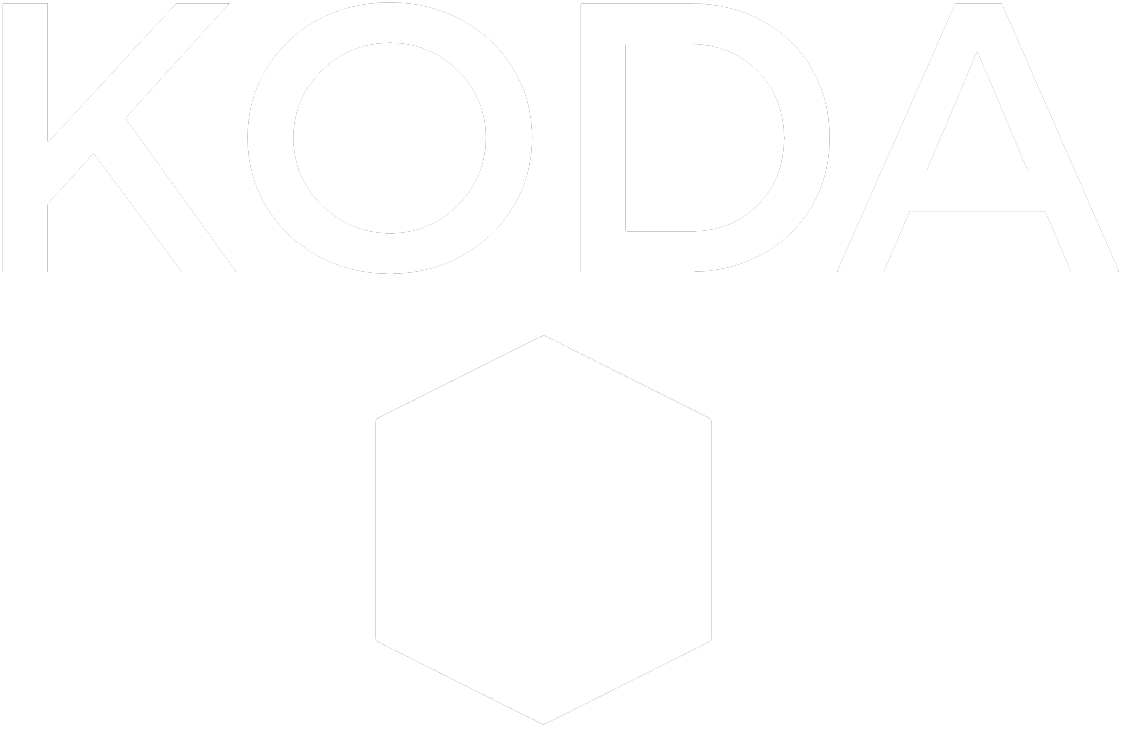Today is hot and sunny in Las Vegas. Up early, I promised myself I'd try to seek some more detailed information on just how the new 'Captivate' platform would be able to benefit KODA and KODA's clients. I'm happy to report some new features that I am pleased with.
The new TS16 and MS60 systems come along with the new Captivate system software, enchanced processing power, a nice big color screen, intuitive icon driven menus, and a controller and tablet-based interface for the instruments.
ATR and PowerSearch
My favorite development with the new release is improvements to the PowerSearch and ATR system. Additional intelligence has been added to the system which allows the user to denote fixed prism locations which are automatically and seamlessly ignored by the system. The end result is a searching algorithm which finds the user target, rather than all the control and monitoring prisms on the project which are surrounding you while you work.
KODA's NextGen systems capitalize on this new development - almost automatically. Some minor tweaks to the TS_Share application give roadheader and rockbolter systems a bump into the future. The new capability allows TS_Share to ignore all prisms, except the one of interest - greatly impacting on the certainty of the prism search task in the underground environment. As such, convergence monitoring targets may be upgraded from tapes to prisms, or are no longer required to be covered and uncovered between measurement sets. Furthermore, convergence targets can be placed closer to the face, into areas which were traditionally considered to be held sacred for roadheader prisms only; maximizing the value of the data to engineers and designers.
On-Board Programming
Maybe it's time for KODA to get back into on-board application development. Discussions with some industry colleagues got me thinking about some interesting ways in which work-flows can be improved in particularly challenging, difficult or remote environments in which some specialized software could go a long way to helping out. Upgraded processing power and a lovely new screen are a tantalizing new platform to work with.
There's even some room in this idea for deeper integration of the total station into KODA's NextGen systems. Let me do some more thinking about that, and you'll all be the first to know once I work out how my thoughts all fit together.
Open-ness
A few discussions with some highly knowledgeable Leica staff involved with the development of the new Captivate platform have left me feeling comfortable that it is ready and available for use by integrated systems like KODA's. For KODA, utilizing most of this new functionality is performed via Leica's excellent, and well supported GeoCom interface. A previous blog post gives some of my opinion on this, and it is worth adding to that discussion today.
The ability of Leica's clients to fully develop applications which interact with, and control their total stations is a model of technical and strategic excellence. Why? The adage "No man is an island" comes to mind. I'm sure Leica's business has benefited significantly from virtuous feedback created when users have been able to apply themselves to enhancing their value to their clients by creating bespoke solutions - which I would like think - exceed the expectations of Leica.
As a case study, consider the roadheader navigation system market. It simply would not exist today - at least not in a way that is as safe and practical - without Leica's total stations and GeoCom; a serious fact, not to be ignored.
This leads me to my final point: That the principle of open-ness, so excellently demonstrated by Leica, should extend to other aspects of the underground construction industry. Roadheader and rockbolter manufacturers have an opportunity to install reliable and integrated sensing systems on machines before they have even left the factory. A simple PLC or "MachineCom" interface, which makes the data available is my suggested end of the offering. Why? Well, as discussed above with GeoCom, it opens up a wealth of technical creativity to the greater market - and ultimately to the buyers of such systems.
The biggest operational risk for underground navigation systems is the reliability of 'on-machine' sensing, and it goes without saying that machine manufacturers have the greatest power to minimize this risk. On the contrary though, while factory installed sensing systems are being installed by some companies: my fear for the industry and buyers of the industry, is that because of the closed-ness of the sensing systems, clients are missing out on value generating activities that a more open navigation solutions market would create. Not doing so puts customers at the mercy of another risk: innovation strangulation.
KODA looks forward to minimizing risk, and maximizing value to its clients, and believes that it is a strong start in the direction of another virtuous cycle of innovation and industry development.
